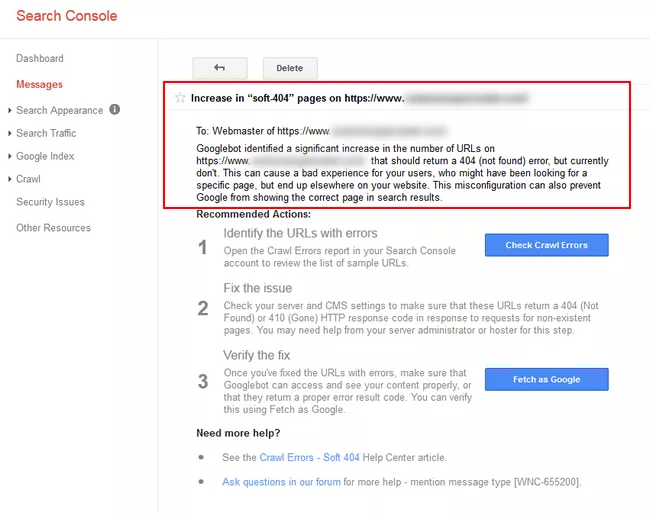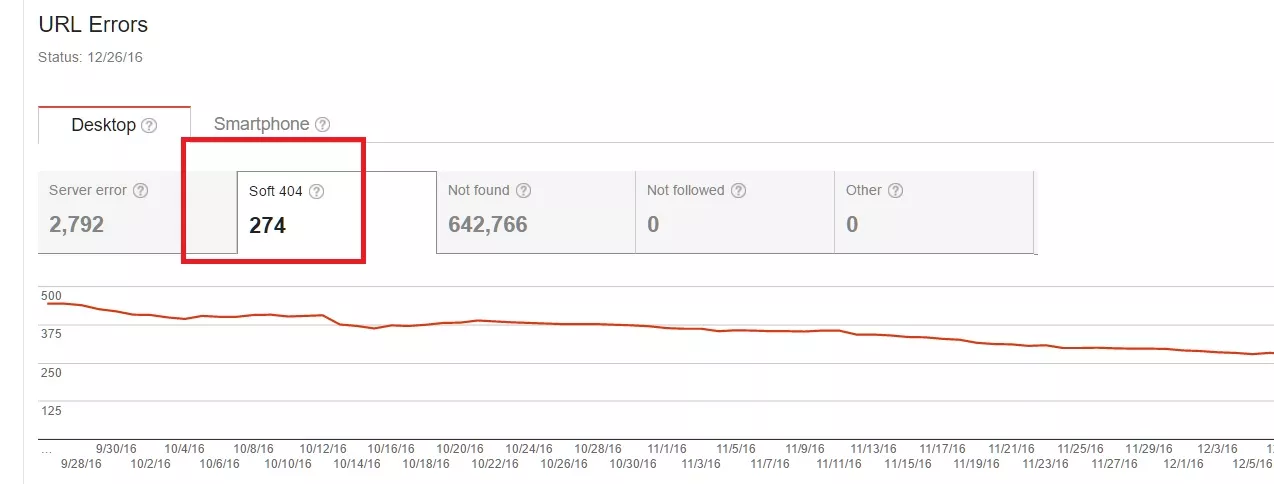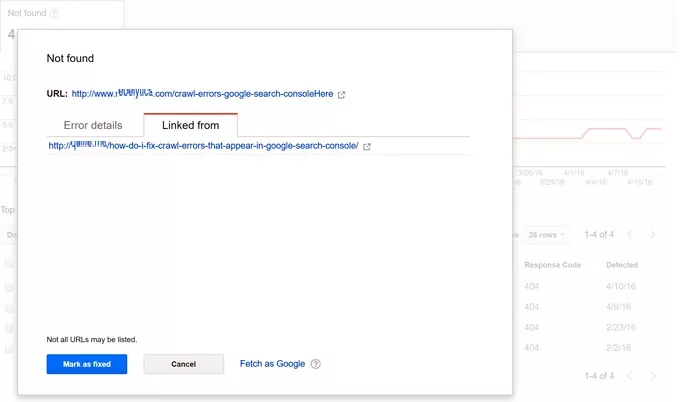If you regularly use Google’s search console and old webmaster tools (and you should), you must have seen some strange, so-called “soft 404 errors”.
No hyperventilating; we will see what they are and, above all, how to solve them.
Make your WordPress site’s Load Blazing Fast Just by moving to Nestify. Migrate your WooCommerce Store or WordPress Website NOW.
What are soft 404 errors?
They are pages that should have the “404 – Not Found” error code but 200 pages of the expected response, showing content but not the one the user wished to find. Because a page looks like a 404 error does not mean it is. And Google thinks this can upset, annoy, and make your visitors feel bad or disappointed (poor) so warn you to fix it.
I do not mean that you cannot customize your 404 pages by adding a browser, but the HTTP header should be 404 error code, or even 410, not another. And it is that sometimes we are leaving the hand-personalizing the 404 error pages, even changing the HTTP headers, so that neither the user nor the searcher can identify it as a 404 error message.
Nor is it worth a 301 redirection to cover, for example, a general procedure. If you make 301 redirects, they should be to pages with similar content to those you indexed, which you decided to remove for whatever reason. Google detects them as soft 404 errors, and the 301 redirects to your site’s front page, a resource greatly aided but that Google considers a bad joke for the user.
Another reason why Google can show a soft 404 error is when a page, even if it exists, has “thin content. “
In short, soft 404 errors can be due to:
- Pages that do not have the 404 error header
- Massive redirects on the cover
- Thin content
How do I know if I have soft 404 errors?
Easy, Google alerts you, by email or directly in the search console, with messages like this…

Do I have to fix the soft 404 errors?

The first thing to do is to identify if pages with soft 404 errors are crucial for your positioning, in which case it would be clear that you must solve it urgently.
But if they are pages that do not bring traffic, and above their amount about the total pages of your site is not relevant, they should not take away the dream, although it is always good to ignore Google.
Ergo, if the number of pages with soft 404 errors is excellent, you should also fix it so as not to penalize your website in the SERPs.
How do you know if the pages are crucial to your positioning?
You should be reviewing Google Analytics to know what pages on your website bring you traffic and how much; if not, today is a good day to start doing it.
How to know if the number of pages with soft 404 errors is relevant?
For simple math, if your web has tens of thousands of URLs and you have soft 404 errors in just a few tens, and they are not necessary, you can postpone this task for something more substantial, like taking your dog for a walk or reading some old WordPress Help article.
But if we talk about that, they represent a% of the total of your pages. Let’s not say if the percentage is two digits, then close the schedule and put it in when you can.
How do I fix soft 404 errors?

The strategy to be carried out to solve soft 404 errors would be as follows:
If the page no longer exists
- Allow 404 or 410 errors if the page does not receive traffic or links meaningfully. Of course, make sure that the response from the HTTP header is 404 or 410, not 200, by using the Google Search Console tool called “Scan as Google” (we will see it at the end of the article).
- If the page is relevant, create a 301 redirect to your site’s related and relevant page.
- And never make massive redirects of missing pages to the cover of your website. Or leave them as 404 or create 301 redirects.
If the culprit is the massive redirects to the home page, in this case, you have to roll up and solve them by hand, either by redirecting 301 to pages with similar or relevant content using .htaccess or by helping you with the (excellent) plugin Redirection, as you prefer.
If the page still exists
If you have pages that exist and should not return soft 404 errors, first make sure the page has some content, and when I say something, I mean more than one line or phrase. And is that sometimes Google can show soft error 404 when a page has very little content, which I commented on as the “thin content.”
In this case, the solution is simple: write something that counts worth!
Suppose the reason is that the page indicates that it is a 404 but if your HTTP header returns the 200 response code, be sure to change the HTTP header. How? So the first thing to do is check if your active theme has a page 404, usually 404.php, but I recommend you create one whose header should specify the HTTP error code to return, like this:
<?php
header("HTTP/1.0 404 Not Found");
?>
And then the standard code of the pages of the active topic, with its calls to the loop, etc.
Where do I see pages with 404 soft errors?
To identify pages with 404 soft errors, take advantage of the report offered by the Google search console and click on the button to check the mistakes, which will take you to a page where you can see your URLs with soft 404 errors:

Once on that screen, you identify the pages. You can check them one by one to see the errors.
To fix them, click on the URL to resolve, and you will see a popup with a link to the page.

And yes, click on the link to see firsthand what type of problem is the one that is generating the soft 404 error, which can be seen in the example, which also happens, and is that on that page in the text, it shows an error as if it were an HTTP error, but there is no error. Come on, and it’s not an exact science. It can happen.
I fixed it by putting the conflicting text inside a preformatted and harness code tag.
The case of the search results pages
By following the example, all other errors were absolute 404 errors of a search form that should return listings of a directory and, not finding specific results, showed a page with header 200, but that had nothing.
If you find these types of errors, you have an easy solution, add a few lines to your robots.txt file so that the results pages of internal searches are not indexed like this:
Disallow: /?s= Disallow: /search/
With what, in a robots.txt file, WordPress type would look like this:
User-agent: * Disallow: /wp-admin/ Allow: /wp-admin/admin-ajax.php Disallow: /?s= Disallow: /search/
What do I do when I fix the errors?
Go back to the soft 404 page of the Google search console and mark it as solved one by one.
And without several, you have solved a pen select their boxes and use the button above to take less.
Finally, if the pages are relevant to your positioning, go to the section of Google Tracking> Browse as Google and ask for the correct indexing of each resolved page.
Now, what do I do?

Wait, friend, wait. Surely Google will soon give you some other soft 404 error or another type you can think of. The important thing is that you regularly check the search console and your analytics, they are there for something to start to avoid dislikes and surprises that your website loses traffic, and you have not noticed the reasons.
This is Google. If you want to get traffic, listening is almost better unless you prefer to live dangerously clear.



